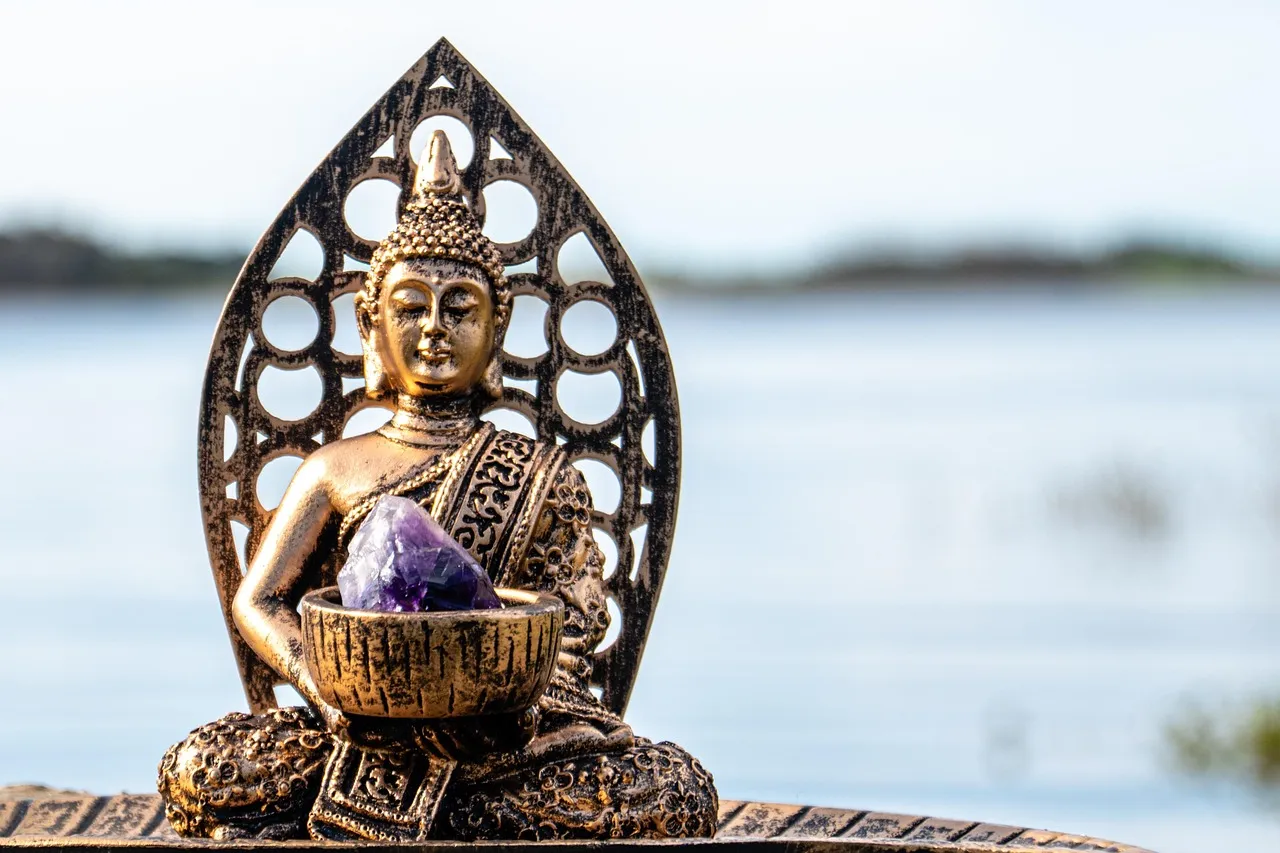
The Effect of Lapis: Myths and Reality in Healing
The lapis lazuli, also known as lapis, is a beautiful, deep blue mineral that has fascinated people for thousands of years. Throughout history, it has been used not only as a decorative element but also attributed with spiritual and healing properties in various cultures. In ancient Egypt, lapis appeared in the tombs of pharaohs and temples, as it was believed to provide protection against evil spirits and aid in spiritual development. The depth of lapis lies in its color and the gold flecks within it, which represent pyrite and contribute to the stone’s magical appearance.
In the modern world, the effects and applications of lapis have become increasingly popular. The natural stone not only holds aesthetic value but many believe in the energies it contains. The use of lapis can be beneficial not only for physical but also for spiritual and emotional well-being. The use of stones and minerals in healing is not a new concept; they have been utilized in various cultures for thousands of years. Lapis is particularly beneficial for communication and clarity, as many believe it provides an opportunity to discover our inner knowledge.
The history of lapis and its role in cultures
The history of lapis dates back to ancient civilizations. For the Egyptians, lapis was a symbol of knowledge and wisdom. They not only crafted jewelry from it but also placed it in the tombs of pharaohs as a protective stone. It was also used in ancient Mesopotamia, where it served as a decorative element in temples and palaces. Due to its color and beauty, artists favored working with lapis, which also served as a base for pigments.
The influence of lapis did not diminish in the Middle Ages. Alchemists and magicians used it, believing it helped in spiritual development and achieving inner harmony. Beliefs associated with lapis during the Middle Ages included its ability to protect the wearer from diseases and misfortune. During the Renaissance, interest in lapis was revived, and artists rediscovered its beauty, which was captured in numerous paintings and sculptures.
The effects of lapis remain relevant for modern individuals. Today, it is recognized not only as a gemstone but also as a mineral that can help establish spiritual balance. In alternative medicine and spirituality, lapis is an essential tool for many, supporting meditation and the exploration of our inner world.
The healing properties of lapis
The healing properties of lapis are well-known and acknowledged by many. According to beliefs, lapis helps reduce physical and mental stress, as well as improve communication. Those who use it regularly believe that the stone aids in establishing inner peace and enhances creativity. In alternative medicine, lapis is associated with the throat chakra, which is the center of communication and self-expression.
Many believe that regular use of lapis can also help in treating anxiety and depression. The energies of the stone may support increased self-confidence, allowing individuals to express themselves and their feelings better. Additionally, lapis can assist in clarity, and many use it as a meditation tool to gain deeper understanding and knowledge.
Among the physical effects of the stone may be pain relief and anti-inflammatory properties. Some believe that lapis can help in addressing respiratory issues and support the immune system’s functioning. The mineral also serves as a natural energy source that strengthens the connection between body and soul. Those who believe in the healing power of lapis often wear it in jewelry form or simply keep it in their pockets to maintain contact with their skin.
Using lapis in everyday life
Incorporating lapis into everyday life can be done in various ways. Whether through jewelry, decoration, or even meditation tools, lapis can contribute to daily routines in many ways. Jewelry, such as necklaces, earrings, or bracelets, is not only aesthetically pleasing but also provides energetic protection for the wearer.
Using lapis during meditation is particularly beneficial. Many recommend placing a few pieces of lapis at the meditation site to enhance the spiritual energy of the environment. The stone’s color and texture aid in concentration and support achieving inner peace. Holding lapis in hand during meditation can enhance awareness and help in gaining deeper self-knowledge.
The application of lapis in home decor is also becoming increasingly popular. The natural beauty and unique color of the stone fit well into modern homes. Lapis decorative items, such as sculptures or table decorations, not only add aesthetic value but also positively influence the energetic space of the home. A well-chosen piece of lapis not only pleases the eye but also promotes harmony in the living space.
Thus, the effects of lapis are not limited to its spiritual and healing properties but also touch various aspects of everyday life. Whether concerning health, creativity, or home decor, lapis offers solutions for many.
Warning: This article is not considered medical advice. Always follow your doctor’s advice for health issues.

